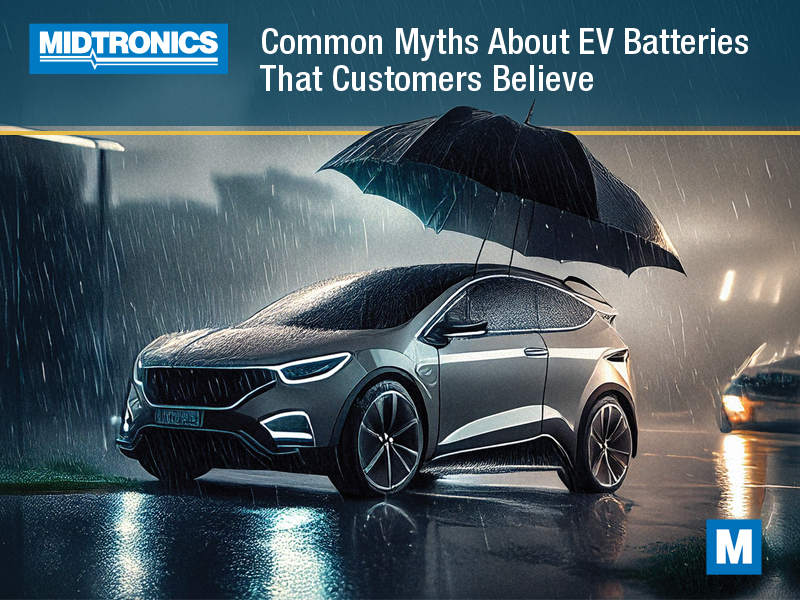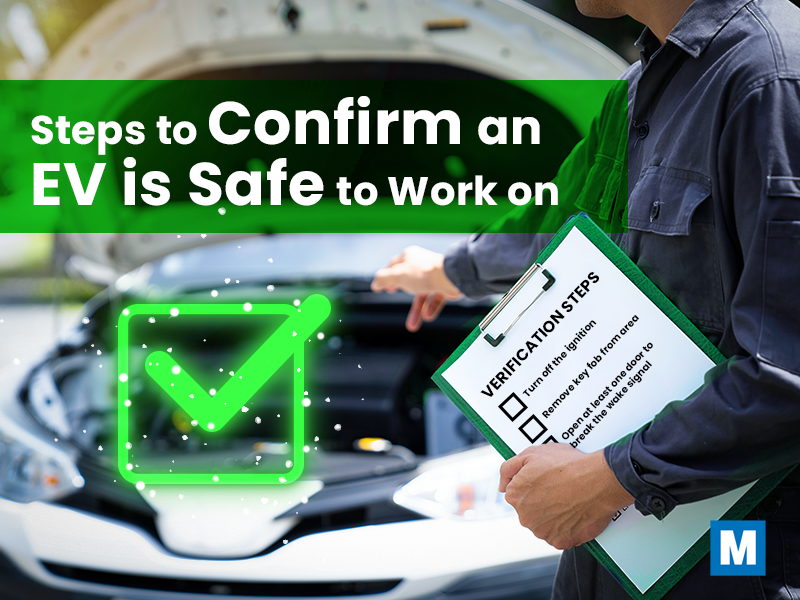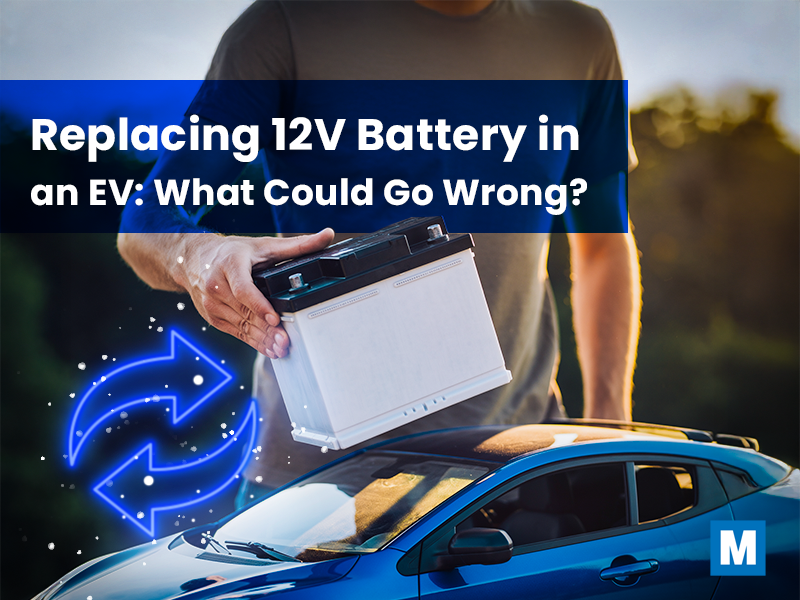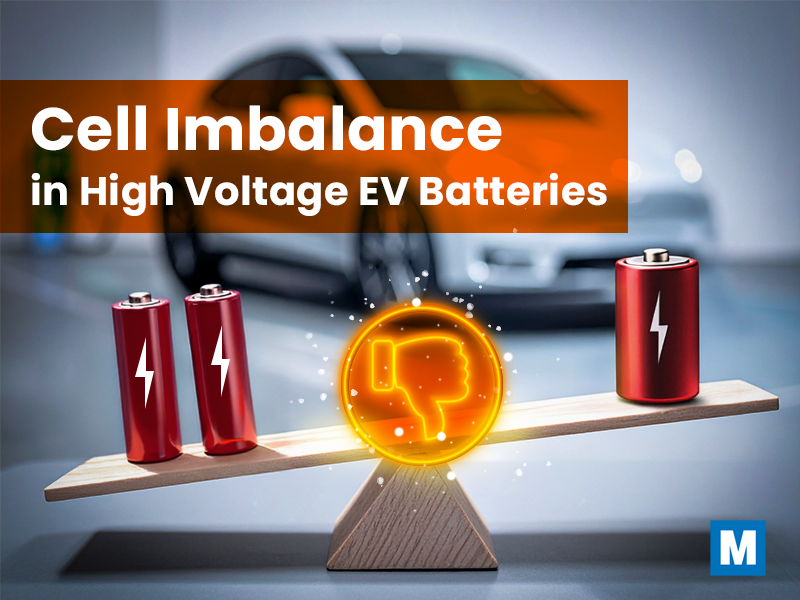As EVs move from early adopters to mainstream buyers, service centers are facing a new kind of challenge. Customers are showing up with strong opinions and weak information about how EV batteries work. The result is confusion in the service bay, resistance to expert advice, and unrealistic expectations about performance and expected battery life.
To clear the air, here are eight common myths customers believe about EV batteries, along with the real-world facts that service professionals at dealerships and independent garages need to explain.
Myth #1: EV Batteries Don’t Degrade
One of the most common misunderstandings is that EV batteries are immune to degradation. This belief is often rooted in marketing phrases like “million-mile battery” or extended battery warranties, which suggest permanent performance. But the truth is simple: all lithium-ion batteries degrade over time. Each charge and discharge cycle slightly reduces capacity, and thermal stress, both from temperature in where the car operates and internal heating, accelerates the process.
Most EVs experience about 2 to 3% battery degradation per year under normal driving conditions. Advanced battery management systems help moderate this by controlling charge levels, regulating temperature, and protecting cells from overvoltage. Still, degradation is inevitable and accumulates with age, usage patterns, and charging habits.
Communicate that some degradation is expected and doesn’t necessarily mean the battery is failing. Tools that can measure actual State of Health (SOH) give service departments the data to navigate these conversations.
Myth #2: You Can’t Service an EV Battery – You Just Replace It
Many customers (and some technicians) assume that if there’s a battery issue, the only option is full replacement. This misconception likely comes from the high cost of battery packs and the fact that most are sealed units not meant for easy disassembly. However, in reality, most EV battery packs are modular, and many issues can be repaired without replacing the entire unit.
Common problems that can be serviced include coolant leaks, damaged internal connections, sensor faults, or failure in a single module. As manufacturers evolve their service strategies, more are supporting battery repair at the component level, especially to manage warranty costs. With the right diagnostics, it’s possible to pinpoint failures and determine whether repair is a safe and cost-effective option.
Service teams should resist the urge to jump straight to replacement. Advanced tools such as Midtronics’ GRX-5100 allow for detailed analysis and decisions about repairs.
Myth #3: Fast Charging Damages the Battery Every Time
The fear that fast charging ruins EV batteries has deep roots in consumer electronics. People remember phones that degraded quickly when charged rapidly or left plugged in overnight. But EVs are designed with much more robust battery management systems that actively monitor cell temperature, voltage, and charging speed.
It’s true that frequent fast charging, especially in high temperatures, can increase long-term battery wear. The reason is heat – rapid current flow during DC fast charging generates more heat, and repeated thermal stress shortens battery life. However, the key word is “frequent.” Occasional fast charging, especially on long trips, is perfectly safe.
Instead of warning customers away from fast charging entirely, service professionals should educate them on balanced charging habits. Encourage Level 2 charging for daily use, and explain how built-in systems protect the battery during high-speed charging.
Myth #4: You Have to Charge to 100% for Best Performance
This one stems from the gas tank mindset. People are conditioned to “fill up” completely. With EVs, however, charging to 100% daily can actually reduce long-term battery health. The top 10% of a lithium-ion battery’s charge range puts the most electrical stress on cells, and keeping a battery at 100% state-of-charge (SOC) for extended periods accelerates degradation.
Most OEMs now recommend charging to 80% for daily driving and reserving 100% for long-distance travel. Many EVs even allow drivers to set a target SOC limit to reduce unnecessary stress. Preconditioning features also help by ensuring the battery is at the right temperature during charging and use.
Service staff can use service visits to reinforce this. A few minutes spent explaining charging habits can prevent range complaints down the road and help customers extend their battery life.
Myth #5: Cold Weather Kills EV Batteries
Customers often come in during winter convinced something is wrong with their EV because range has dropped dramatically. What they’re seeing is not permanent damage – it’s a natural response to cold temperatures. At lower temperatures, the chemical reactions inside lithium-ion batteries slow down, reducing both energy output and charging speed.
Modern EVs combat this with thermal management systems that preheat the battery before use or while plugged in. The drop in performance is temporary and improves once the battery reaches its ideal operating range. Cold doesn’t “kill” the battery. It just limits its efficiency until it warms up.
Service professionals should show customers how to use scheduled departure times or preconditioning features. If range remains unusually low even after warming, further diagnostics may be warranted, but in most cases, it’s just physics at work.
Myth #6: EV Batteries Are Unsafe and Prone to Catch Fire
EV battery fires get a lot of attention. They’re dramatic, hard to extinguish, and make for sensational headlines. But statistically, EVs are less likely to catch fire than internal combustion vehicles. What creates the fear is the nature of battery fires when they do happen. They’re intense and can involve thermal runaway, which looks catastrophic even if it’s rare.
Battery safety has improved dramatically in the last decade. Cell design includes internal fusing, fire-resistant barriers, and venting systems. BMS software constantly monitors for overvoltage, overcurrent, and overheating, shutting down the system if necessary. In a crash, most EVs isolate the battery automatically to prevent arcing.
Still, damaged batteries should be handled with caution. Technicians need high-voltage training, safety equipment, and clear protocols for post-collision inspections. Communicating these safety layers to customers can ease concerns and pose the risk as manageable and rare.
Myth #7: Battery Diagnostics Are Just Like ICE Diagnostics
Some service techs approach EV battery issues as they would an alternator or starter test. Plug in, check voltage, replace if it’s low. But EV battery diagnostics are far more complex. Technicians need to analyze module-level voltages, temperature factors, internal resistance, and historical charge and discharge data. It’s far from simple.
Traditional scan tools aren’t designed for this level of detail. Specialized platforms like Midtronics’ EV diagnostics are built to read BMS data, detect imbalances between modules, and identify hidden faults that could affect range or safety. Without the right tools, faults can go undetected or be misdiagnosed.
Clear the Air with Real Battery Knowledge
EV battery myths aren’t just idle gossip. They influence how customers drive, charge, and perceive the reliability of their vehicles. Left unchecked, these myths can erode trust in the technology and in your shop’s ability to service it.
The future of EV service depends on cutting through the confusion. That means using real diagnostic data, offering clear explanations, and investing in the right tools and training. At Midtronics, we’re committed to supporting that transition with diagnostic and repair tools built for today’s EV challenges and tomorrow’s growth.
The bottom line: when you speak the truth about EV batteries and back it up, you don’t just fix cars. You build confidence.




